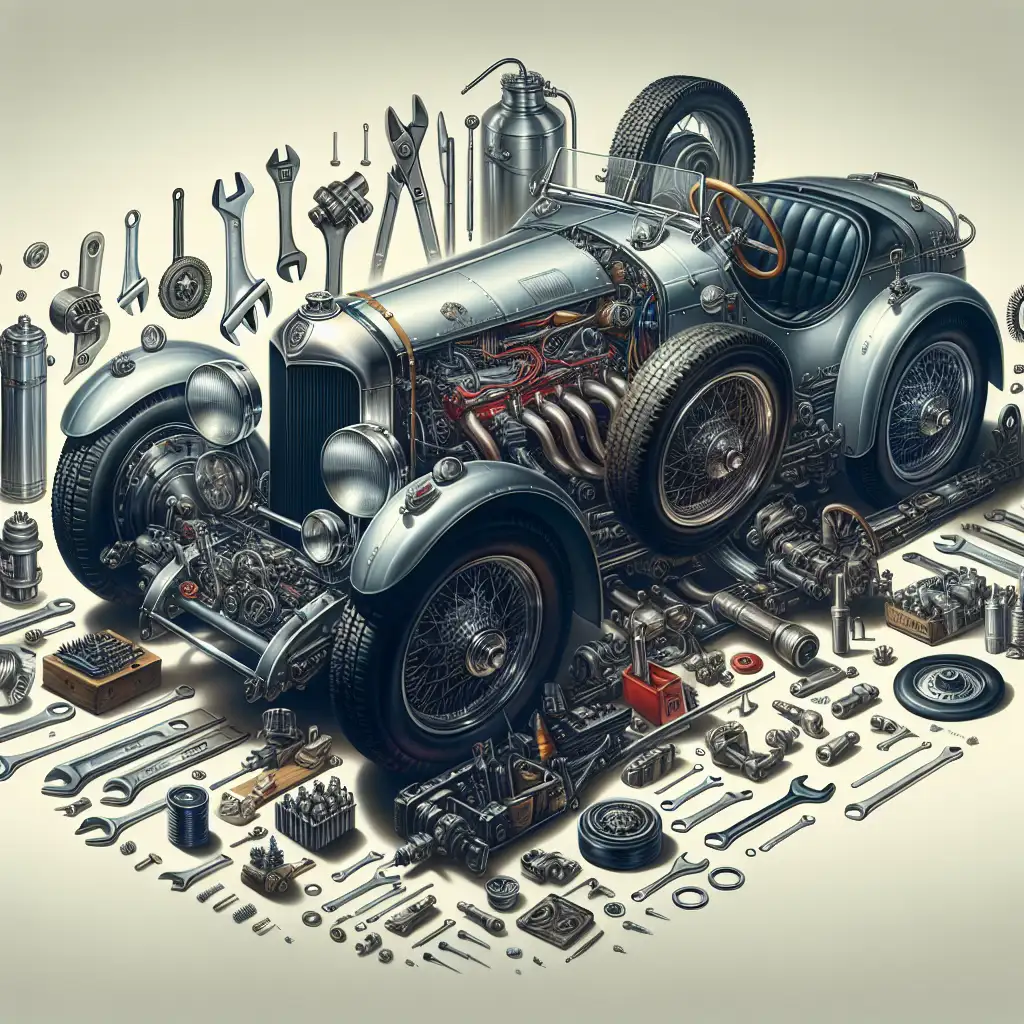The Evolution of Irmscher: A Legacy of Automotive Excellence
Explore the rich history of Irmscher, from its founding to its impact on the automotive world, including key models and innovations.

Irmscher, a name synonymous with high-performance automotive tuning, has a storied history that spans decades. From its humble beginnings to becoming a renowned name in the automotive industry, Irmscher has consistently pushed the boundaries of design and performance. This article delves into the history of Irmscher, highlighting its founding, major milestones, key models, and its evolution over the years.
Founding and Early Years
Irmscher was founded in 1968 by Günther Irmscher in the small town of Winnenden, Germany. Initially, the company focused on tuning Opel vehicles, quickly gaining a reputation for enhancing performance and aesthetics. The founder's passion for motorsports and engineering excellence laid the foundation for what would become a significant player in the automotive tuning industry.
Major Milestones and Evolution
1970s: Establishing a Reputation
During the 1970s, Irmscher solidified its reputation by participating in motorsports, particularly in rally racing. The company's involvement in motorsports not only showcased its engineering prowess but also helped refine its tuning techniques. This era saw the introduction of the Irmscher Kadett, a model that became a favorite among rally enthusiasts.
1980s: Expansion and Innovation
The 1980s marked a period of expansion for Irmscher. The company began to diversify its offerings, venturing into the production of body kits and performance parts for a wider range of vehicles. This decade also saw the introduction of the Irmscher Manta, a model that combined sleek design with enhanced performance, further cementing Irmscher's status as a leader in automotive tuning.
1990s: Global Recognition
In the 1990s, Irmscher gained international recognition, expanding its market beyond Europe. The company continued to innovate, introducing models like the Irmscher Astra, which featured advanced aerodynamics and cutting-edge technology. This period also saw Irmscher's collaboration with major automotive manufacturers, enhancing its credibility and reach.
2000s to Present: Modernization and Sustainability
In the 21st century, Irmscher has embraced modernization and sustainability. The company has focused on developing eco-friendly tuning solutions, aligning with global trends towards sustainability. Irmscher's recent models, such as the Irmscher Insignia, reflect a blend of traditional performance with modern, sustainable practices.
Key Models and Achievements
- Irmscher Kadett: A rally favorite, known for its robust performance and reliability.
- Irmscher Manta: A model that combined aesthetics with performance, popular in the 1980s.
- Irmscher Astra: Known for its advanced aerodynamics and technology, a symbol of Irmscher's innovation in the 1990s.
- Irmscher Insignia: A modern model that reflects Irmscher's commitment to sustainability and performance.
Design Philosophy and Market Positioning
Irmscher's design philosophy has always centered around enhancing performance while maintaining aesthetic appeal. Over the years, the company has adapted to changing market demands, incorporating modern technology and sustainable practices into its designs. Irmscher's market positioning has evolved from a niche tuner to a globally recognized brand, known for its quality and innovation.
Conclusion
Irmscher's journey from a small tuning shop to a global automotive powerhouse is a testament to its commitment to excellence and innovation. With a rich history of motorsport achievements and a forward-thinking approach to design, Irmscher continues to influence the automotive industry. As the company moves towards a sustainable future, it remains a beacon of performance and style in the world of automotive tuning.
 CarChooser
CarChooser